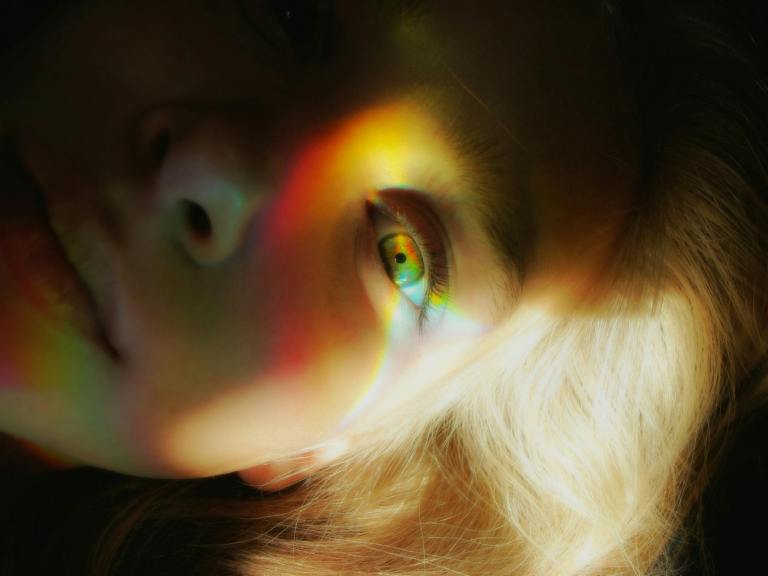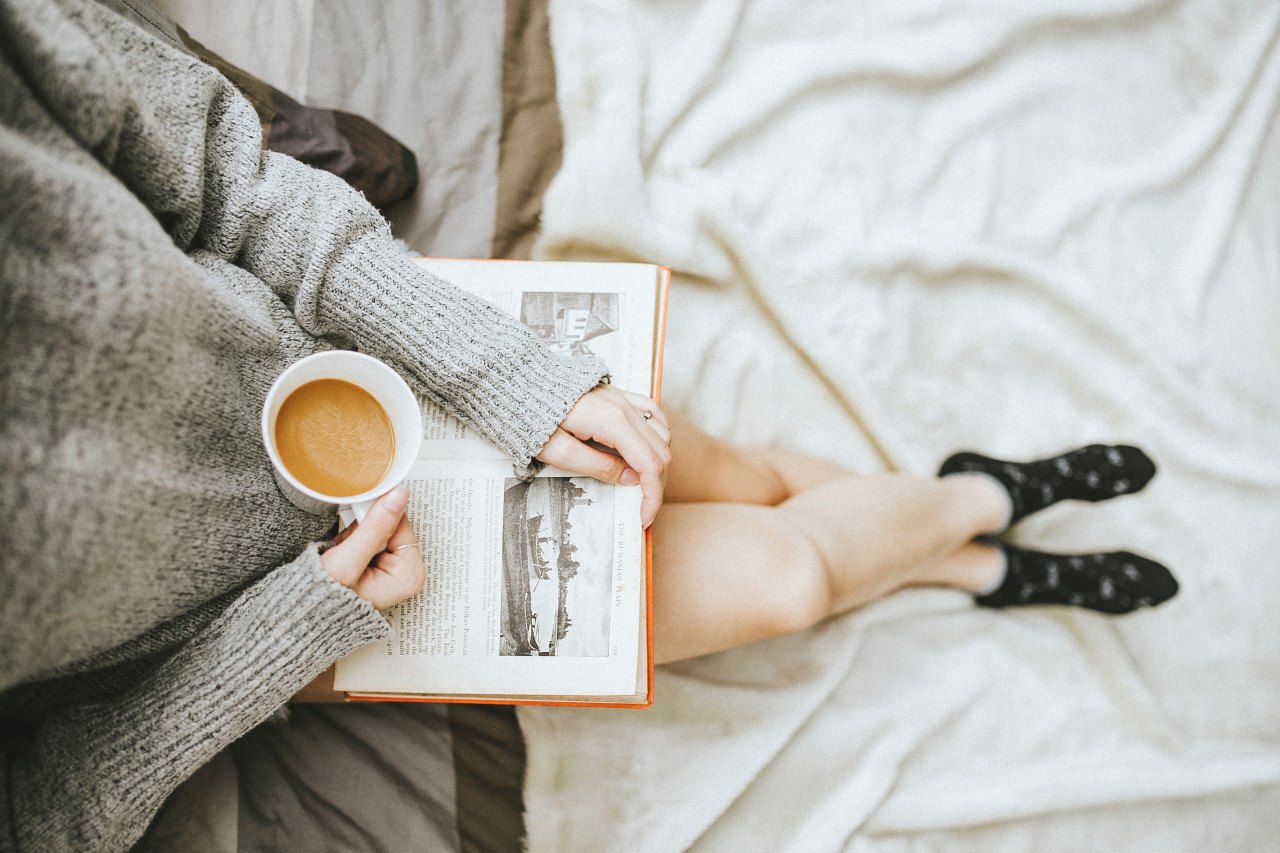
Hygge: 6 Ways To Embrace The Danish Art Of Enjoying Everyday Life
“Hugga,” which means “to comfort,” or “to console,” it is correlated with the English word for “hug.”
Hygge (pronounced “hoo-gah”) is a Danish term. It describes the feeling of coziness and contentment that one gets from enjoying the simple things in life, as well as the practice of cultivating them regularly.
What is hygge?
It’s common knowledge that the Danish are, statistically, among the happiest people on Earth. They regularly top the World Happiness Report, and the reason for this is widely speculated upon. (For example, they pay some of the highest taxes in the world, but most believe that contributes to a better society.) However, there’s one other element that’s been introduced into pop culture vernacular as well: Hygge. Deriving from the sixteenth century Norwegian term “hugga,” which means “to comfort,” or “to console,” it is correlated with the English word for “hug.”
Even if you’ve never heard of Hygge before, you’ve certainly felt it. The meaning of Hygge is embodied in the sensation of cozying up with a warm cup of tea to read a book by the window while it rains. It’s lighting candles at night and enjoying a clean and cozy home. It’s gathering for a dimly lit dinner with friends, during which everyone laughs and enjoys one another’s company (yes, lighting is a huge part of Hygge, but we’ll get to that in a minute).
Meik Wiking, the CEO of the Happiness Research Institute in Copenhagen released a book that helped launch the local term into global popularity. He argues that it’s the Danish ability to simply enjoy everyday life that makes them among the happiest people in the world. “What freedom is to Americans, Hygge is to Danes,” he said. In his work, he outlines exactly what the practice of Hygge entails, and how one can go about cultivating a happier, warmer, and more welcoming environment in which they and their loved ones cannot only live, but thrive. Here, some of the main ways to accomplish just that:
Home decorating ideas
Below are some of the main ways to incorporate Hygge into your everyday life through simple but effective home decorating ideas.
1. Focus on lighting.
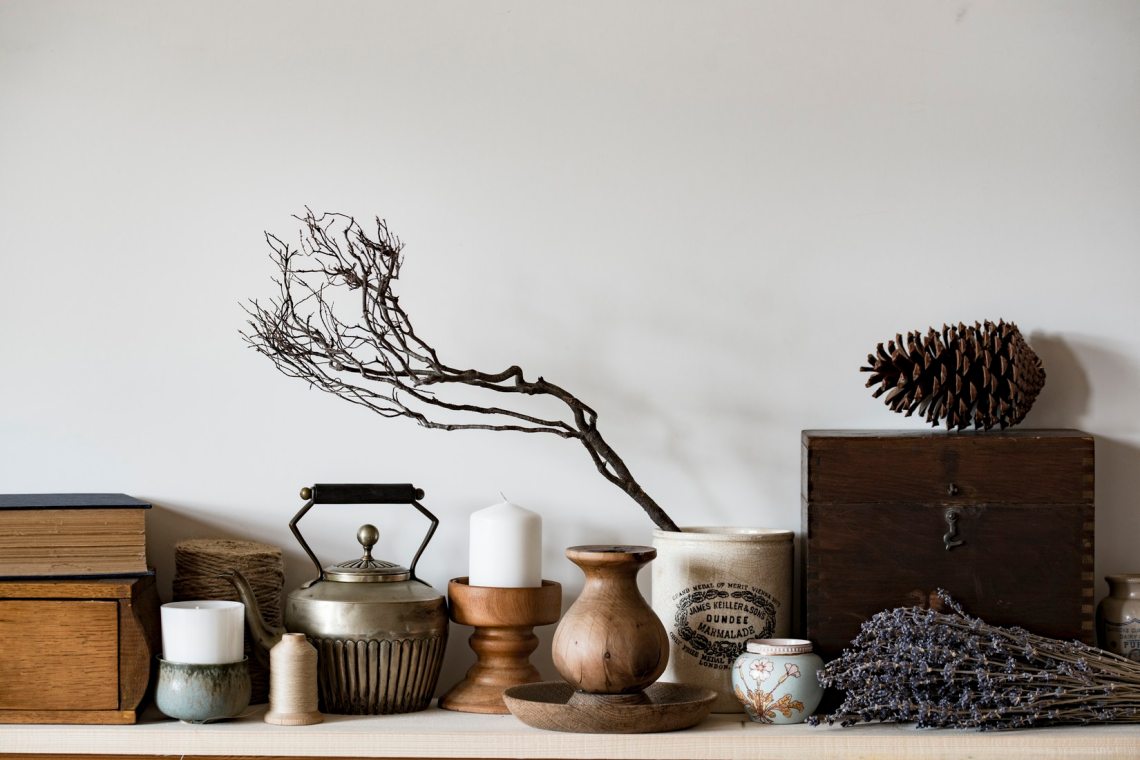
Wiking says in his book that lighting is one of those things that doesn’t require a lot of money… but it does require a lot of culture.
When you walk into an unappealing environment, somewhere that completely stresses you out (like, say, an office) it’s usually in no small part because the lighting is poor. Dark, closed corners and fluorescent lights that flatter nobody and nothing they touch make a space seem cold and uninviting. There’s a reason that you eat and make love by candlelight… the softness makes everything look beautiful and warm, and above all, cozy.
- Use floor and table lamps, and try to keep overhead lighting to a minimum, especially if it is super bright or harsh. Lamps at body level tend to be warmer and create a more inviting look in a room.
- Use lots of candles, and be selective about scents, colors and shapes. You can use LED candles if you have concerns about an open flame, and play with different candle holder styles. Ones with painted designs in them can create a pattern in the light they reflect.
- Use fairy lights or bistro lights where appropriate. Though you don’t want your bedroom to look like a college dorm forever, stringing a beautiful set of bistros throughout your backyard, or carefully placing a set of fairy lights around a window can make the look of a space.
- Use dimmers and warm colored light bulbs to create a cozy effect with any lamps you already have.
- Whenever you can, rely on candlelight above all else, especially when you are doing things like eating, reading or relaxing.
“The closest you will ever come to seeing vampires burnt by daylight is by inviting a group of Danes for a hygge dinner and then placing them under a 5,000K fluorescent light tube. At first, they will squint, trying to examine the torture device you have placed in the ceiling. Then, as dinner begins, observe how they will move uncomfortably around in their chairs, compulsively scratching and trying to suppress twitches.” – Wiking
2. Tell a story with your objects.
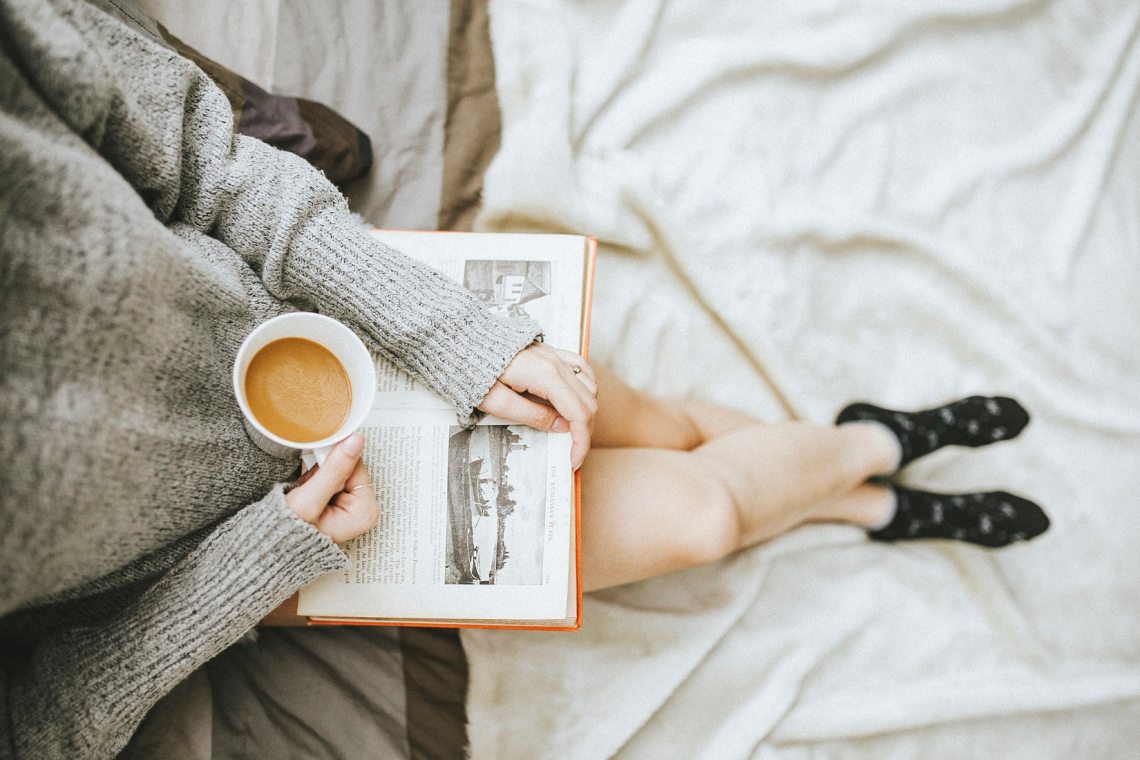
Minimalism, which is another home and lifestyle trend that started to become popular around the same time Hygge did, advocates for this as well: be intentional with what you surround yourself with, it impacts you more than you probably realize.
Of course, something essential to Hygge is keeping your space clean and organized. Nobody feels relaxed or welcomed in a home that’s dirty, chaotic or not taken care of. Keeping your space decluttered is huge in making it feel zen and relaxing, but what happens when you have fewer objects is that each of them needs to have significance. As Marie Kondo would advocate: everything in your home should either be useful or beautiful.
- Instead of putting together wall-to-wall shelves of every book you’ve ever gotten your hands on, parse your collection down to just those that have significant meaning to you, or impacted you in some way. Stack some of the more aesthetically pleasing ones on a coffee table.
- Decorate not with items you can purchase at a home decor store, but objects you are given and find through your travels or different experiences. Not only will they become talking points, but they will also bring you warm and positive memories whenever you look at them.
- Line your walls with art that speaks to you, or typography that has a message you want to be reminded of every day. A sign that says something like: “These are the good old days” instantly gives you the feeling of nostalgia and happiness.
“Benjamin Franklin said it best: “Happiness consists more in small conveniences or pleasures that occur every day, than in great pieces of good fortune that happen but seldom.” – Wiking
3. Set the table, and invite good friends to it.
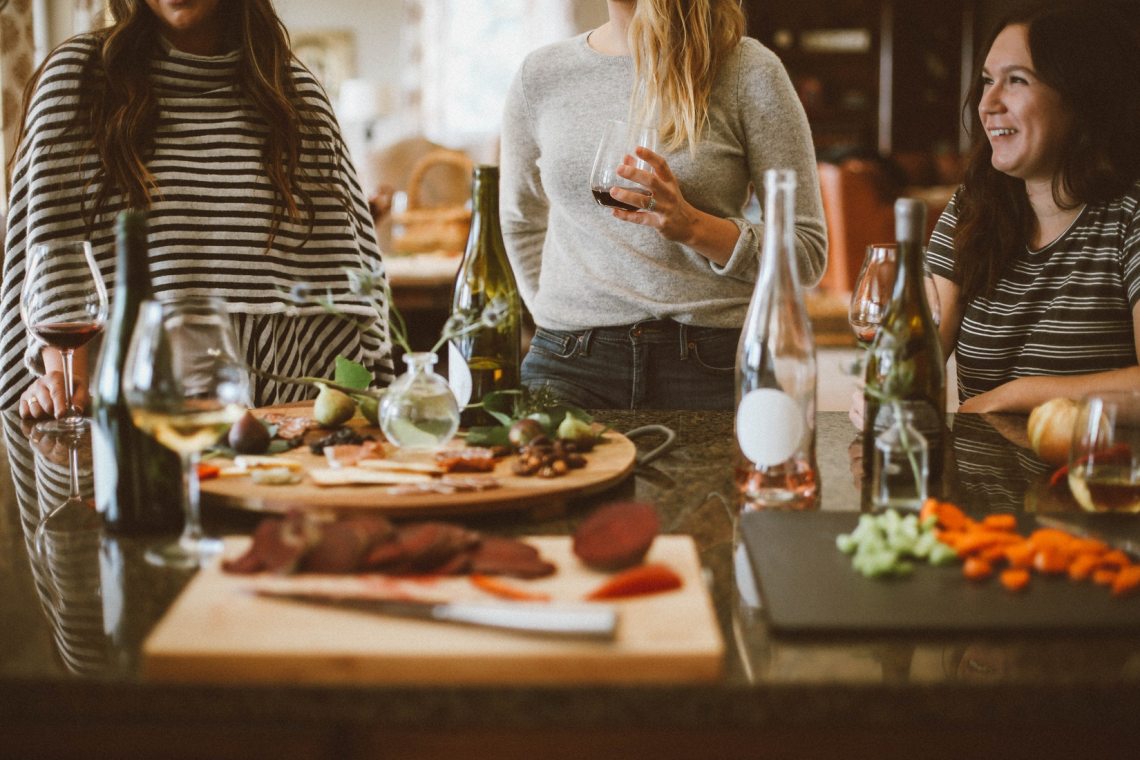
Hygge is not only about design and home decor, though many people chalk it up to just that. Hygge is really about your overall quality of life, and a huge part of that is the relationships that you foster with those closest to you.
“We are social creatures, and the importance of this is clearly seen when one compares the satisfaction people feel in relationships with their overall satisfaction with life,” Wiking says. “The most important social relationships are close relationships in which you experience things together with others, and experience being understood; where you share thoughts and feelings, and both give and receive support. In one word: hygge.”
This means that you should be very careful about not only who you spend time with, but who you invite into your home and what you do while you’re there together. A big part of Hygge is that everyone is treated as equals. Nobody tries to assert dominance over another, or gets into an argument about who is “right” about something. Hygge is harmony.
- Host dinner parties for a small group of friends whom all get along well.
- Be mindful to truly listen to what others are saying when they are speaking to you, and value what they have to bring to the literal and metaphorical table.
- Have everyone involved in the get together: everyone helps cook, everyone helps set, everyone enjoys the meal. It is not a performance, it is a gathering.
“Nobody takes center stage or dominates the conversation for long stretches of time. Equality is an important element in hygge—a trait that is deeply rooted in the Danish culture—and also manifests itself in the fact that everybody takes part in the chores of the hyggelig evening. It is more hygge if we all help to prepare food, instead of having the host alone in the kitchen.” – Wiking
4. Keep it cozy.
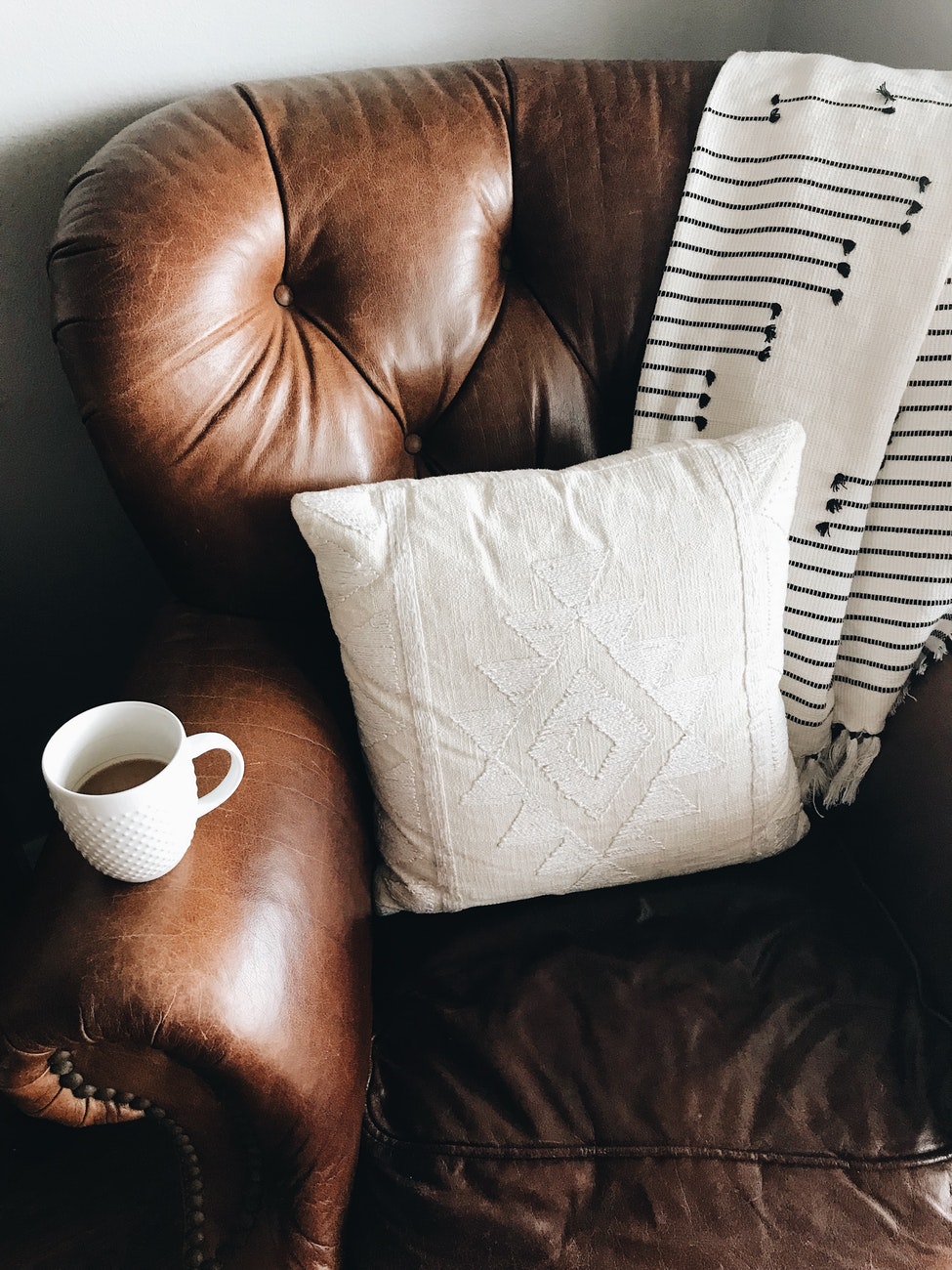
No matter how it’s achieved (whether by friendship, nice linens or a candlelit dinner) Hygge is all about being cozy and comfortable. It is the art and practice of feeling at peace and at ease in your space, and opening yourself up to relax into life a bit, and to connect with others in a genuine way. One of the most obvious ways you can accomplish this is by being selective about how you stage and position spaces in your home in which you rest: beds, couches and chairs.
First, you should make sure that your linens are clean, and that they coordinate. This doesn’t require a lot of money. However, if you want to add onto that, you can also place a few comfortable blankets, pillows or other accessories that make your experience more enjoyable.
- Strategically place pillows and blankets around your home and space so that people can cozy up to them when they are sitting on certain chairs or couches.
- Remember that a big part of Hygge is keeping things clean and comfortable, so ensuring that your linens match and are well washed and that you don’t go overboard with accessories contributes to that feeling.
- You want to feel safe and at ease in your home and space, and a lot of that requires incorporating coziness and literal warmth.
“We were all tired after hiking and were half asleep, sitting in a semicircle around the fireplace in the cabin, wearing big sweaters and woolen socks. The only sounds you could hear were the stew boiling, the sparks from the fireplace, and someone having a sip of mulled wine. Then one of my friends broke the silence. ‘Could this be any more hygge?’ he asked rhetorically. ‘Yes,’ one of the women said after a moment. ‘If there was a storm raging outside.’ We all nodded.” – Wiking
5. Keep warm drinks on hand.
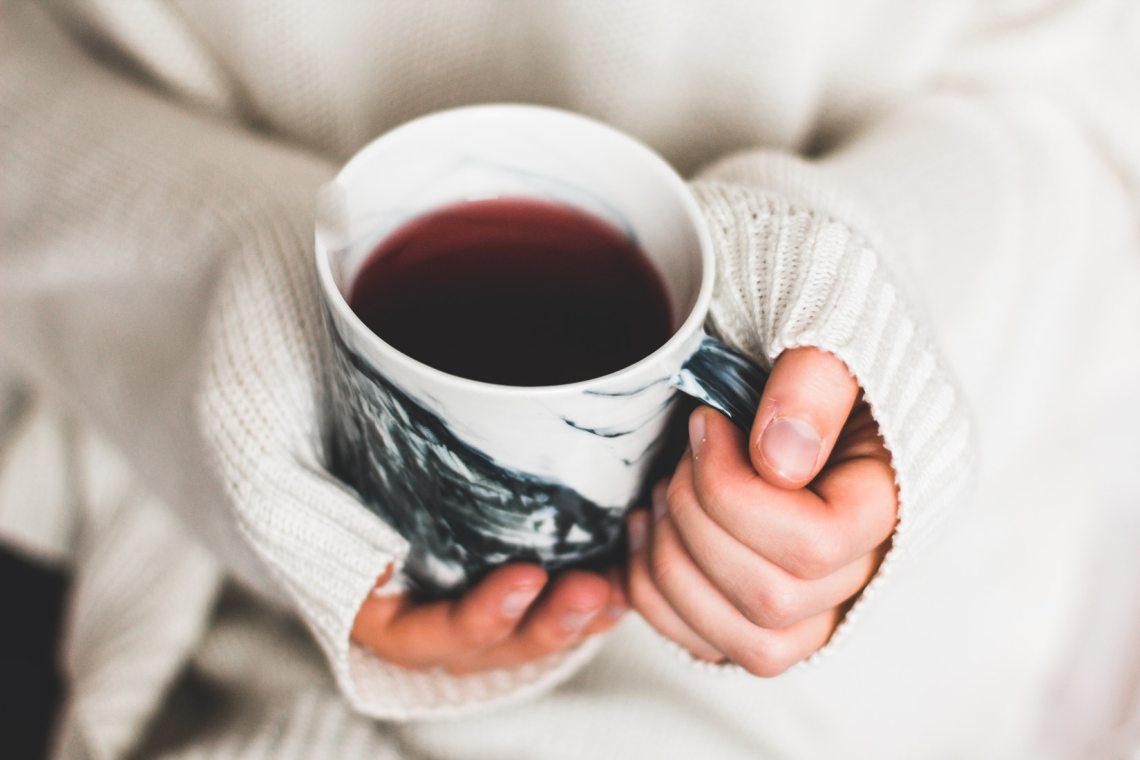
Along with warm blankets and candlelight, another important aspect of Hygge is warm beverages. It might seem like a small detail, but think of it this way: you’re never as cozy and at ease as when you’re sitting by a window, wrapped in a blanket, enjoying someone’s company or a book, and sipping on your favorite beverage.
It’s also why so many cultures offer and serve tea as a sign of grace and welcoming (it’s even served at a designated time in the day in Britain). It’s not only something that’s great for your health (if you’re drinking tea) but it’s a huge social draw: many people gather for coffee, or like to talk over a cup of brew when visiting one another’s houses.
- Treat yourself to a cup of your favorite tea each night before you go to bed.
- Have different types of teas and coffees (or hot cocoas and chais) on hand for when guests come to visit, and offer them a cup when you can.
- Take time in the morning to relax with your go-to caffeine fix, whether that means taking a moment to literally “smell the coffee” and find a few things to be grateful for, or climbing back into bed to enjoy your first sips in the comfort of a cozy space.
“Hygge has been called everything from ‘the art of creating intimacy,’ ‘coziness of the soul,’ and ‘the absence of annoyance,’ to ‘taking pleasure from the presence of soothing things,’ ‘cozy togetherness,’ and my personal favorite, ‘cocoa by candlelight.’” – Wiking
6. Merge outdoor and indoor spaces.
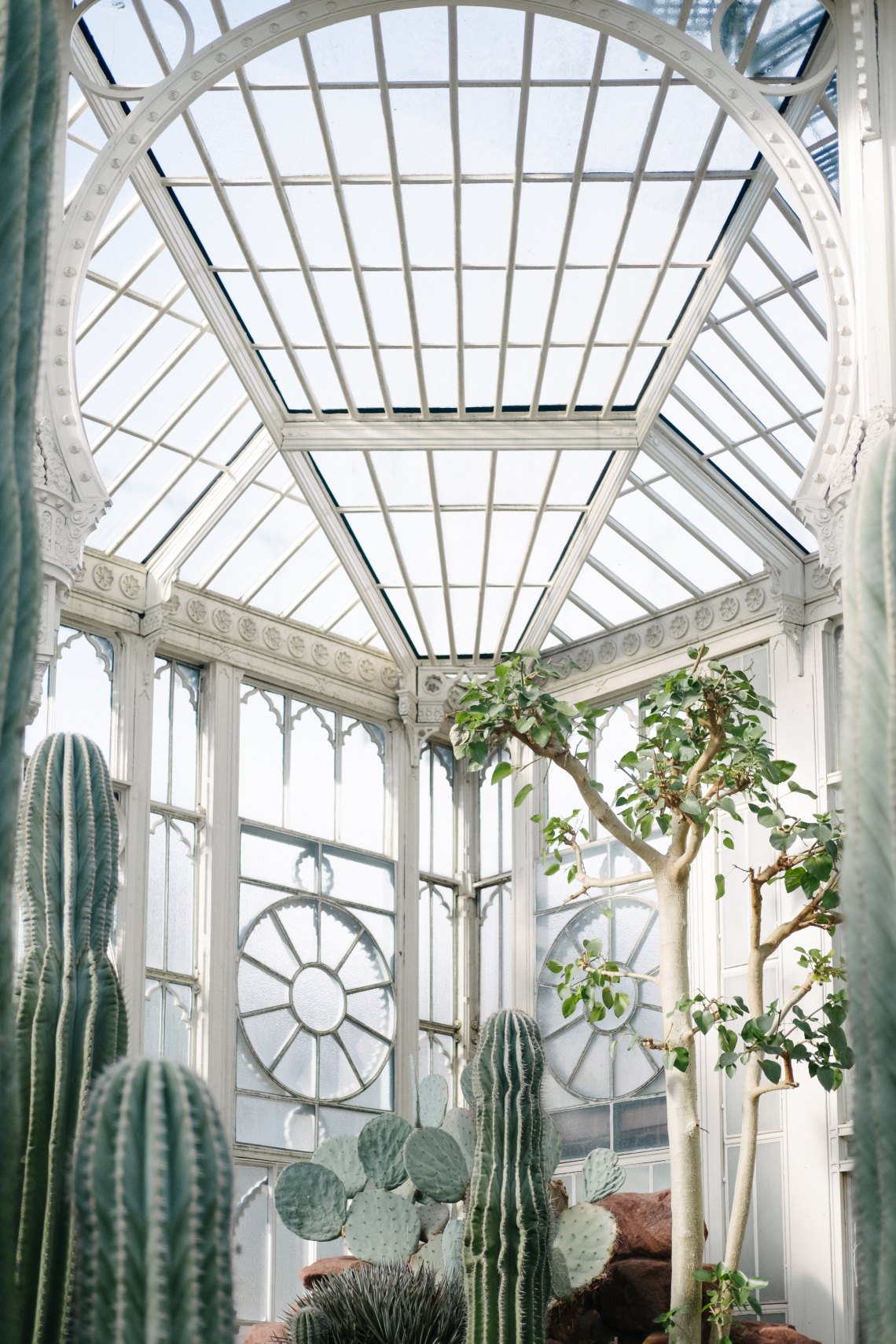
Lastly, one of the biggest ways the Danish keep their spaces welcoming and inviting is by merging outdoor and indoor elements. This means carefully placing select plants and flowers in different spaces in your home, keeping doors open when possible, and creating outdoor spaces in which people can visit and hang out.
Just keeping plants in your home is believed to have healing and health benefits, as well as a means to purify your air. It’s also a way to ground yourself, by reconnecting to aspects of nature even when you need to be inside for longer stretches of time. Choosing your plants and flowers carefully and then taking care of them on a daily basis can be another Hygge activity in which you lovingly cultivate your space.
- Visit your local farmer’s market or usual grocery store each week and pick out a small bouquet of flowers. Divide up the stems into smaller vases and place them in certain areas around your house, usually on desks and tables. If you dislike the smell or variety of colors in a typical bouquet, you can also choose certain greens, like eucalyptus.
- Invest in plants to keep in corners of your home, and consider hanging up holders so that they can drape down from the ceiling as well. Plants look best when they “frame” your space, so keep them around perimeters.
- Create an outdoor space in which you can entertain and eat with people who come to visit. Having an area outside of your home that lets you be out in nature, feel the sunshine, or admire the rain, is all part of keeping things Hygge, even if your backyard is small.
- Keep the windows open. If nothing else, having a steady stream of airflow is essential to maintaining a clean and relaxing space.
“Time spent with others creates an atmosphere that is warm, relaxed, friendly, down-to-earth, close, comfortable, snug, and welcoming. In many ways, it is like a good hug, but without the physical contact. It is in this situation that you can be completely relaxed and yourself. The art of hygge is therefore also the art of expanding your comfort zone to include other people.” – Wiking ![]()

